Thank goodness for a spell of dry weather, and even a touch of warm sunshine to make our isolation easier. With the blackbirds safely nested in the laurel, April finds me potting up plug plants and mulching the borders with homemade compost. With no greenhouse I rely on sheltered corners of the garden to bring on cuttings, seeds and tiny plants, constructing cloches to protect them from wind, rain or late frosts. Watching new plants get bigger and stronger before planting them out into the garden: Nature…? Well, she can’t be rushed or hurried along. So, if you’ve got time, here’s some ideas for jobs in your own gardens this week:
Compost
The sheer joy of making your own compost…or is that just me? (it’s just you. Ed.) 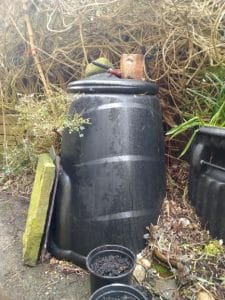
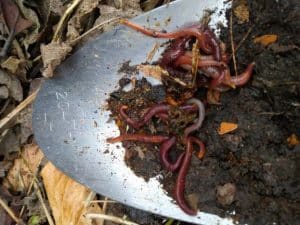
Dividing perennials
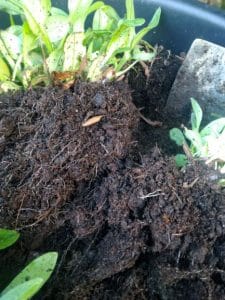
Tie in climbers
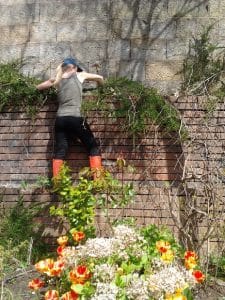
Weeding
A relaxing, mindful flow activity….it really is! Do it by hand or by hoe (no need to use chemicals) before weeds can put down deeper roots, or heaven forbid, set seed. If you’re not certain about identification, there are some very useful websites and plant/weed finder apps available online. Make certain to dig out the entire root, or perennial weeds like Dandelions and Nettles will come straight back from the tiniest of root fragments in the soil.
Sowing
If you have limited space in your garden then only sow what you really love….be that flowers or fruit and vegetables. Early April is the best time to sow Broad beans, Peas and Runner beans directly outside, about 15cms apart, into prepared soil for a summer Harvest. Without fail, recite the same rhyme as you sow:
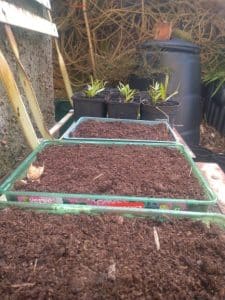
One for the crow.
One to rot ,
And one to grow”
It seems to work, as a rule not every seed will germinate, so it makes sense to put the extra ones in. Peas and beans are a nice size for children to plant too, their chubby starfish fingertips pressing down into the loam.
If you like, Tomato seeds can also be sown into pots now and transferred outside to grow-bags after the risk of frost has passed in May. Strawberry plants may be planted up 30cms apart in raised beds or in large containers. And some varieties are suitable for hanging baskets. Always double check seed packets and plant labels for specific planting or sowing advice and you won’t go far wrong.
There is so much to do, and it’s easy to feel overwhelmed by a Spring garden as it races ahead. But, keep it in the back of your mind that a garden is never, ever finished. So it’s not a race, more of a meander through the seasons.
Don’t forget you can contact us with all your gardening queries via our website, or email [email protected]


